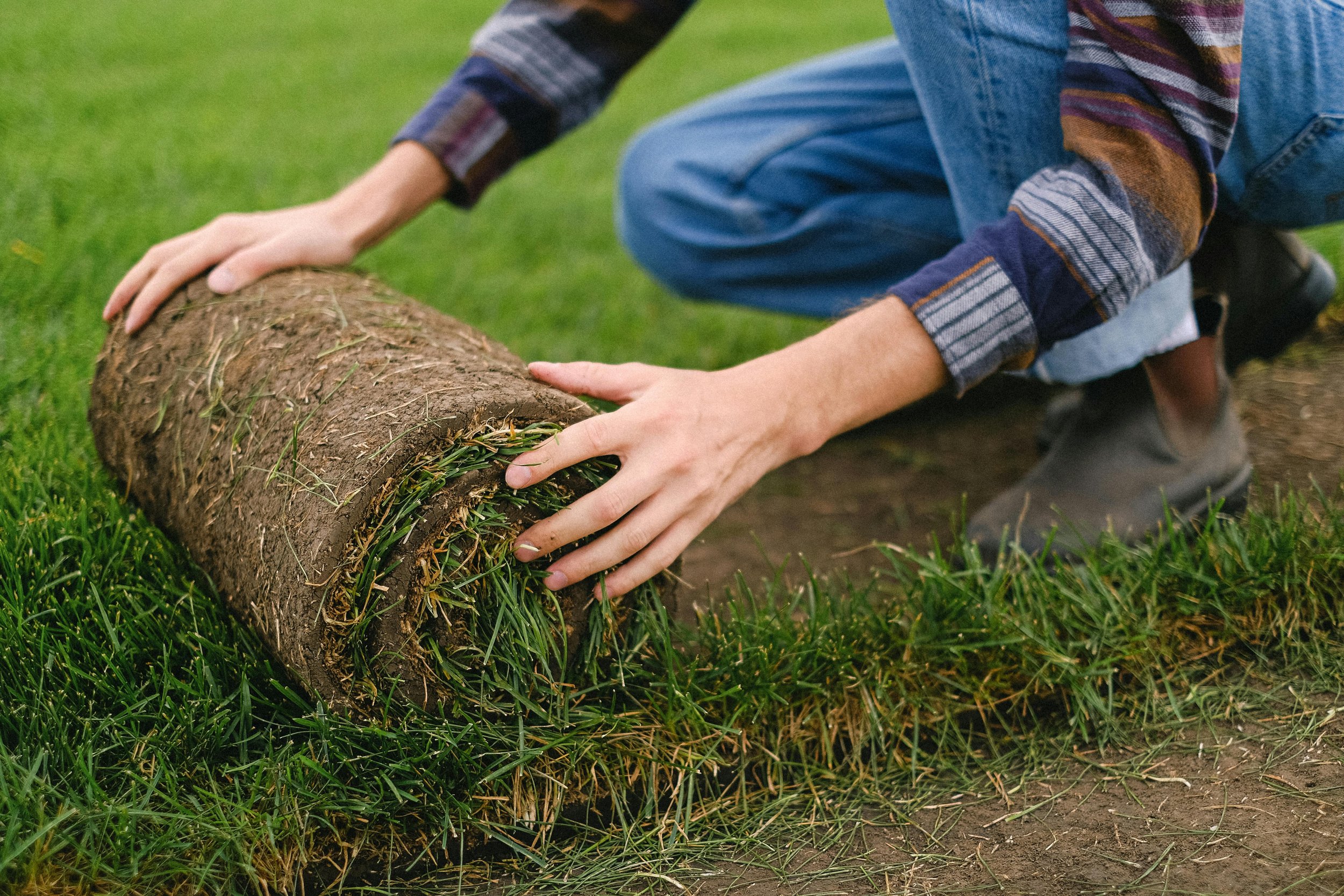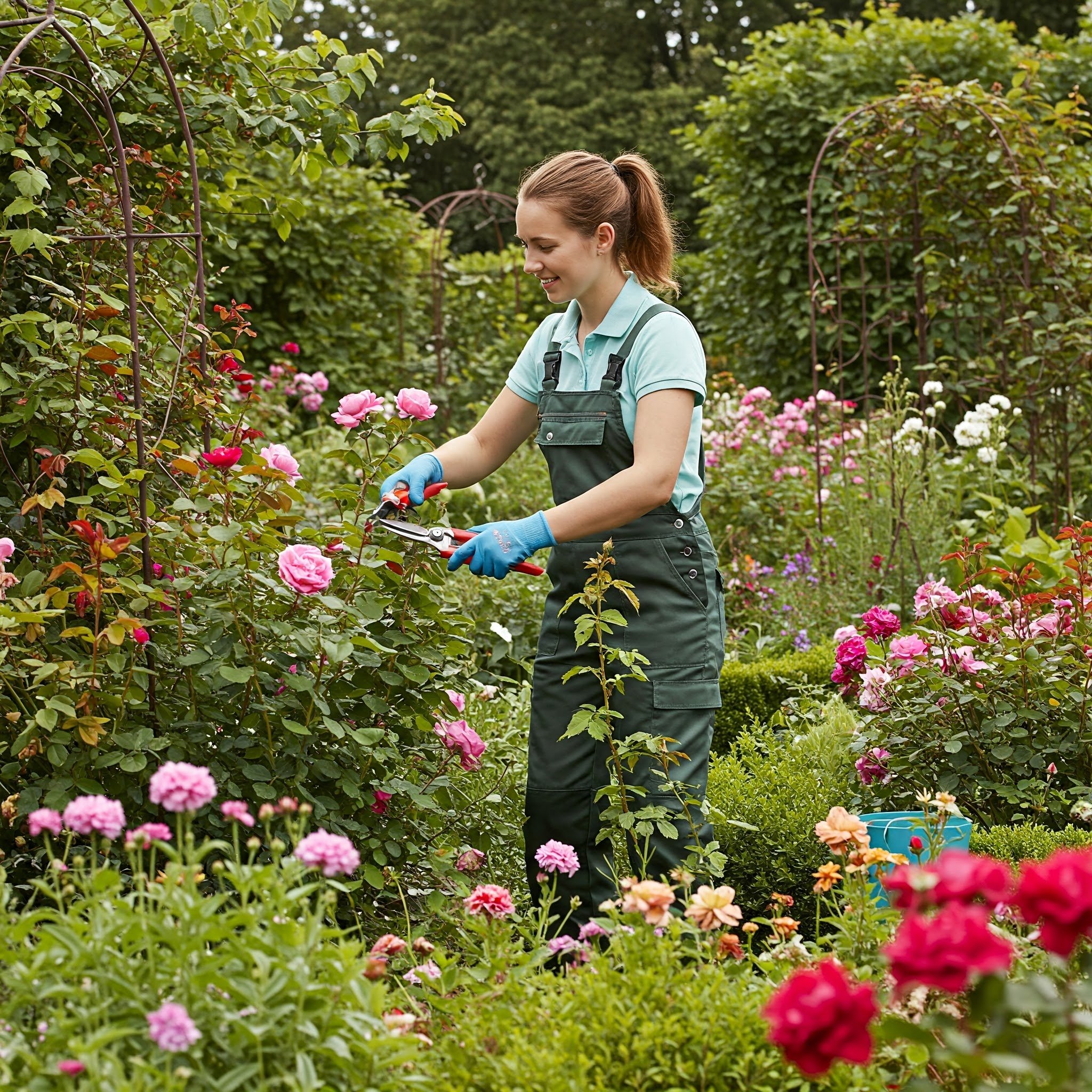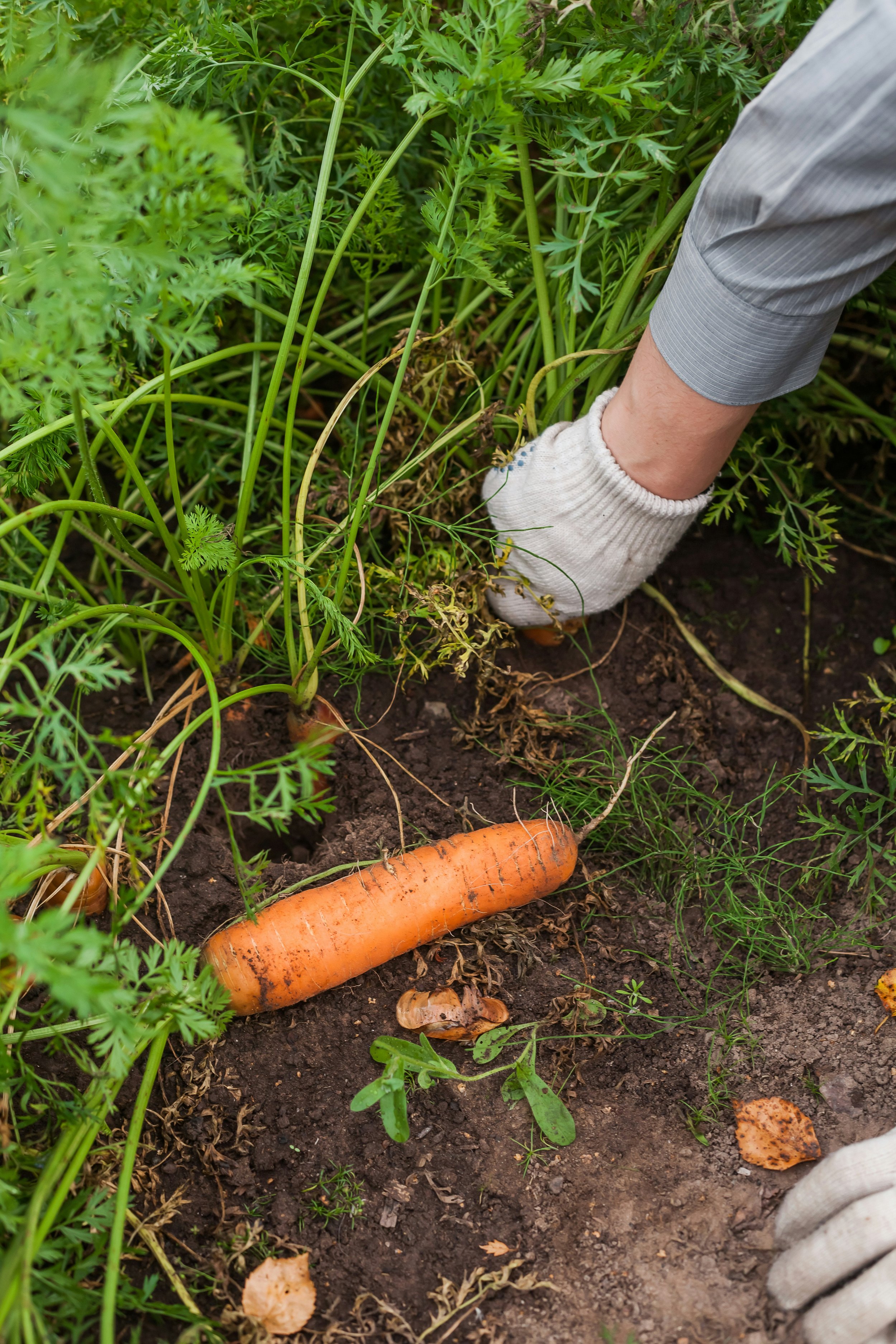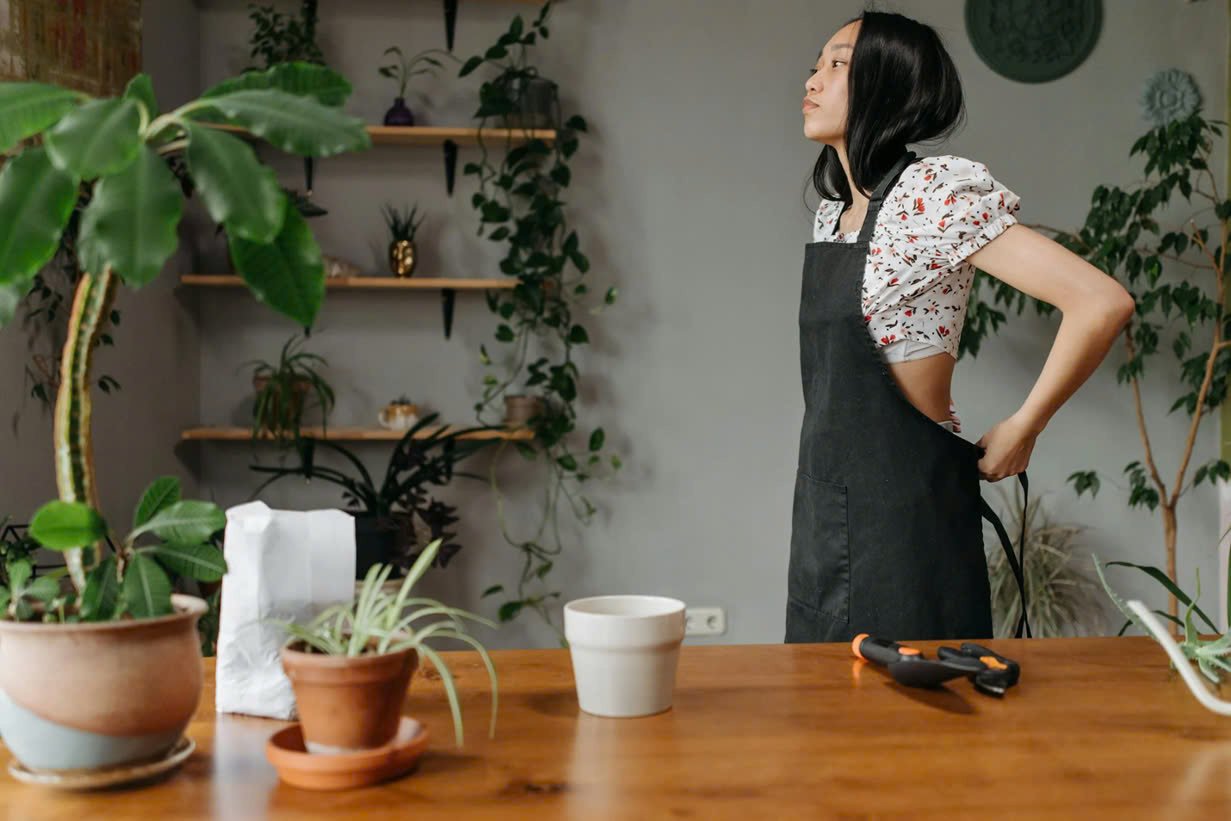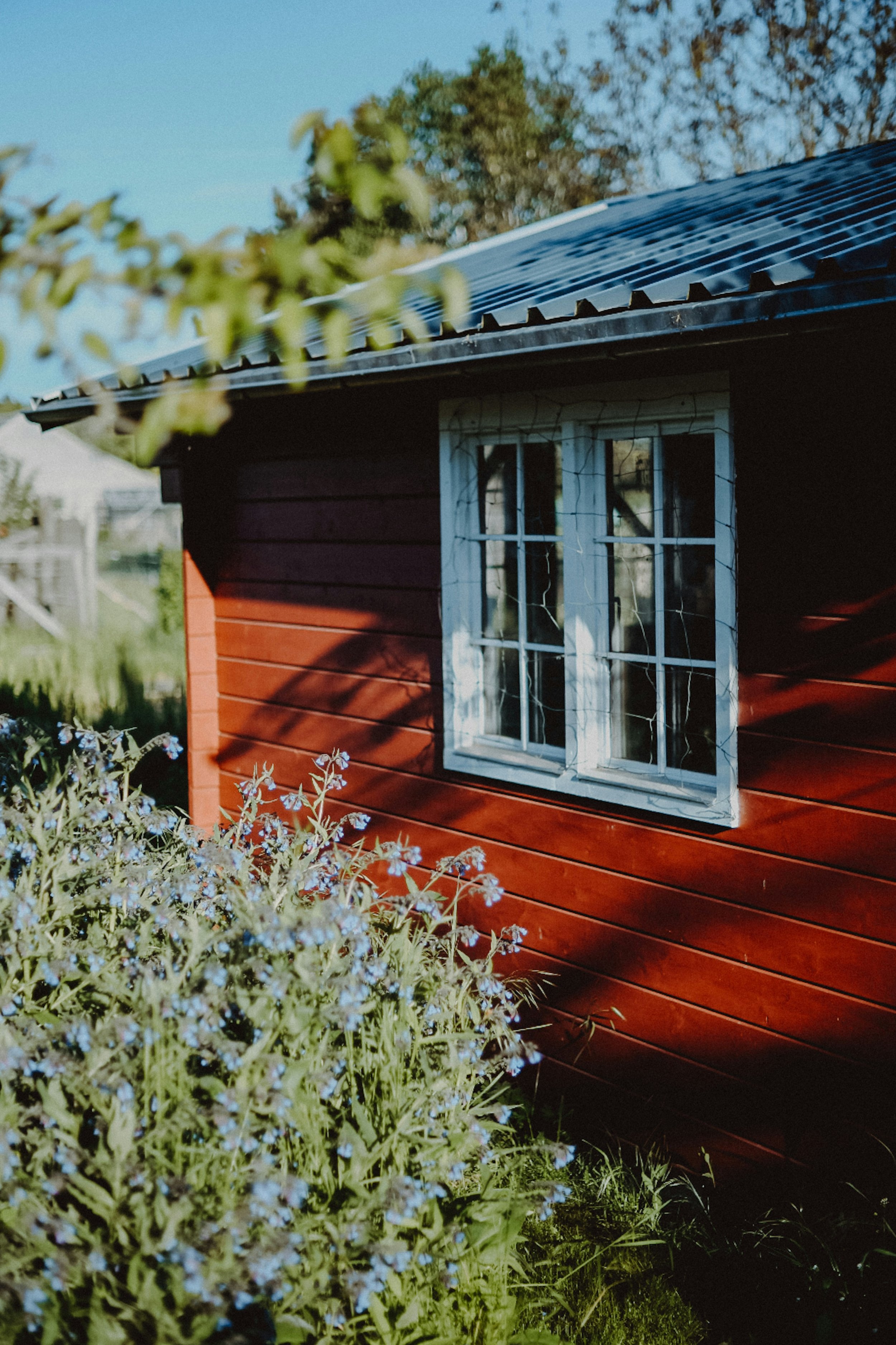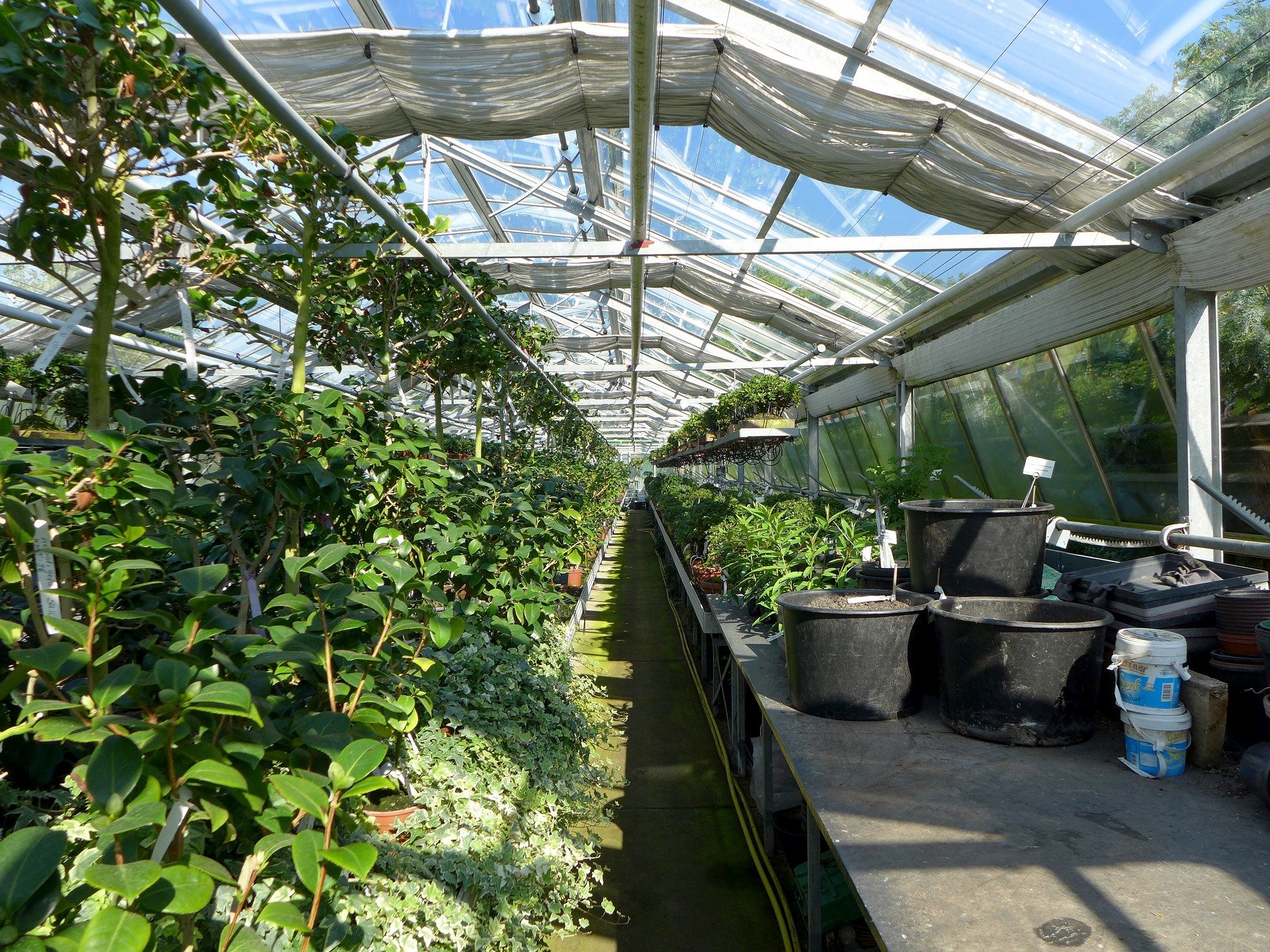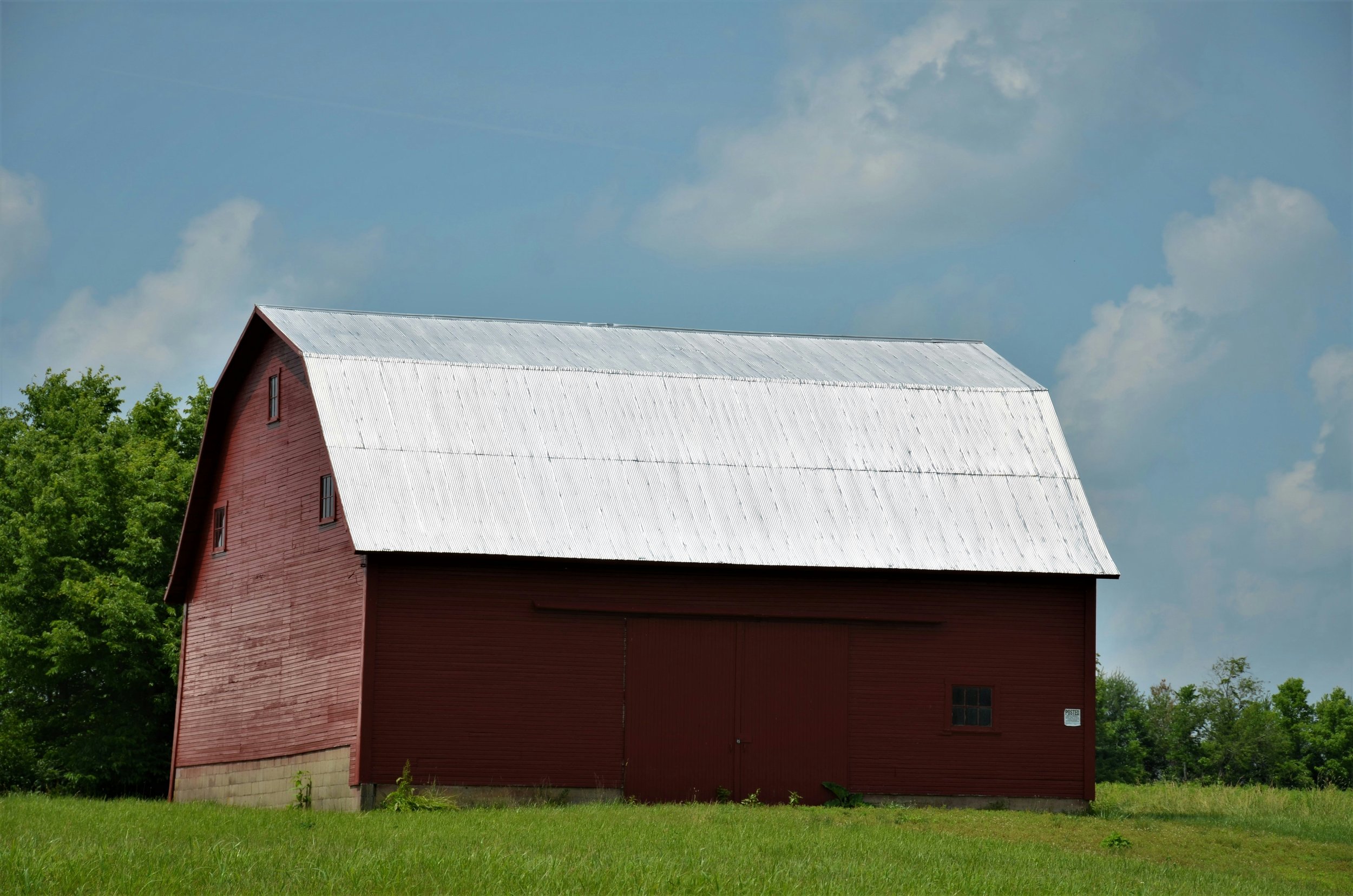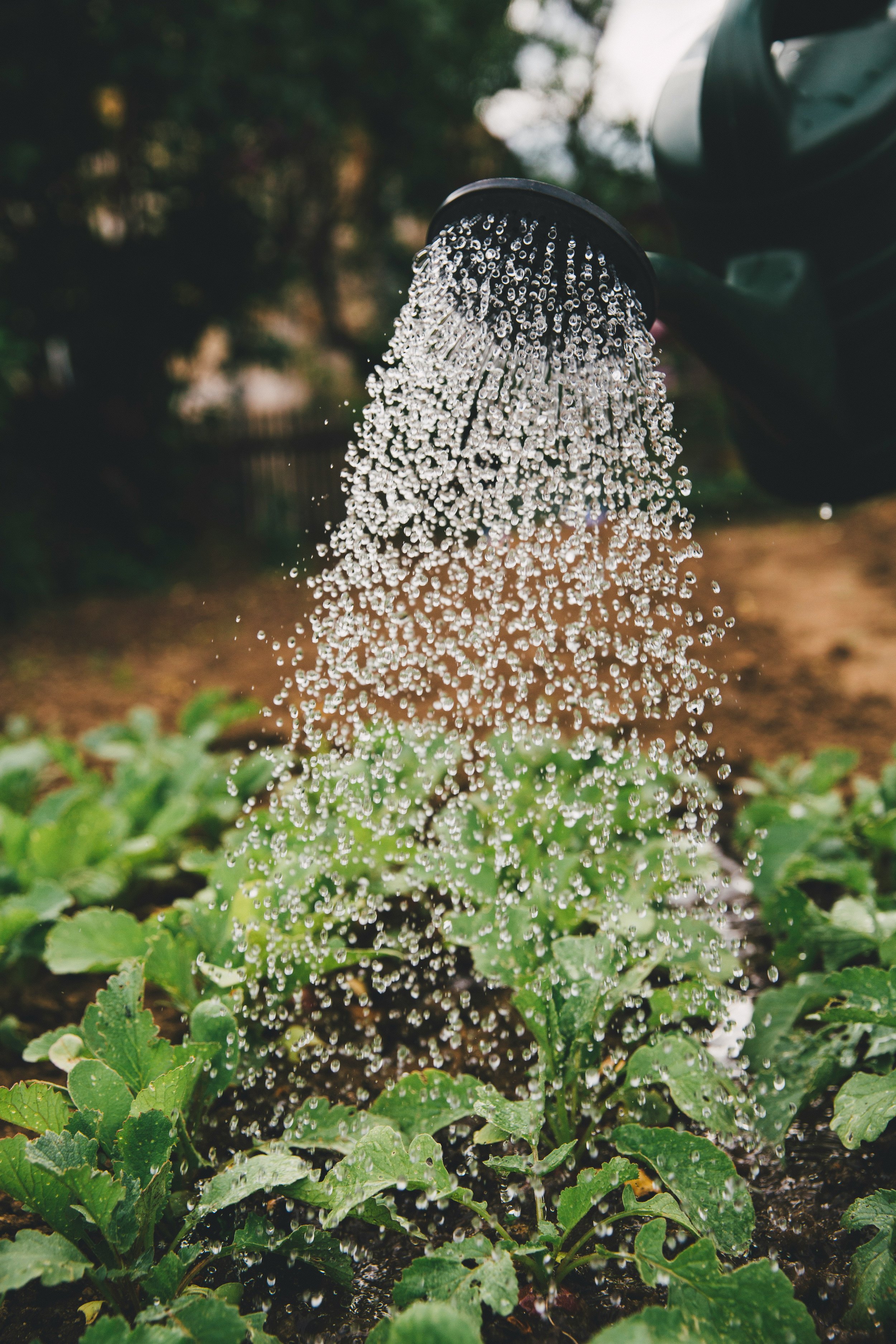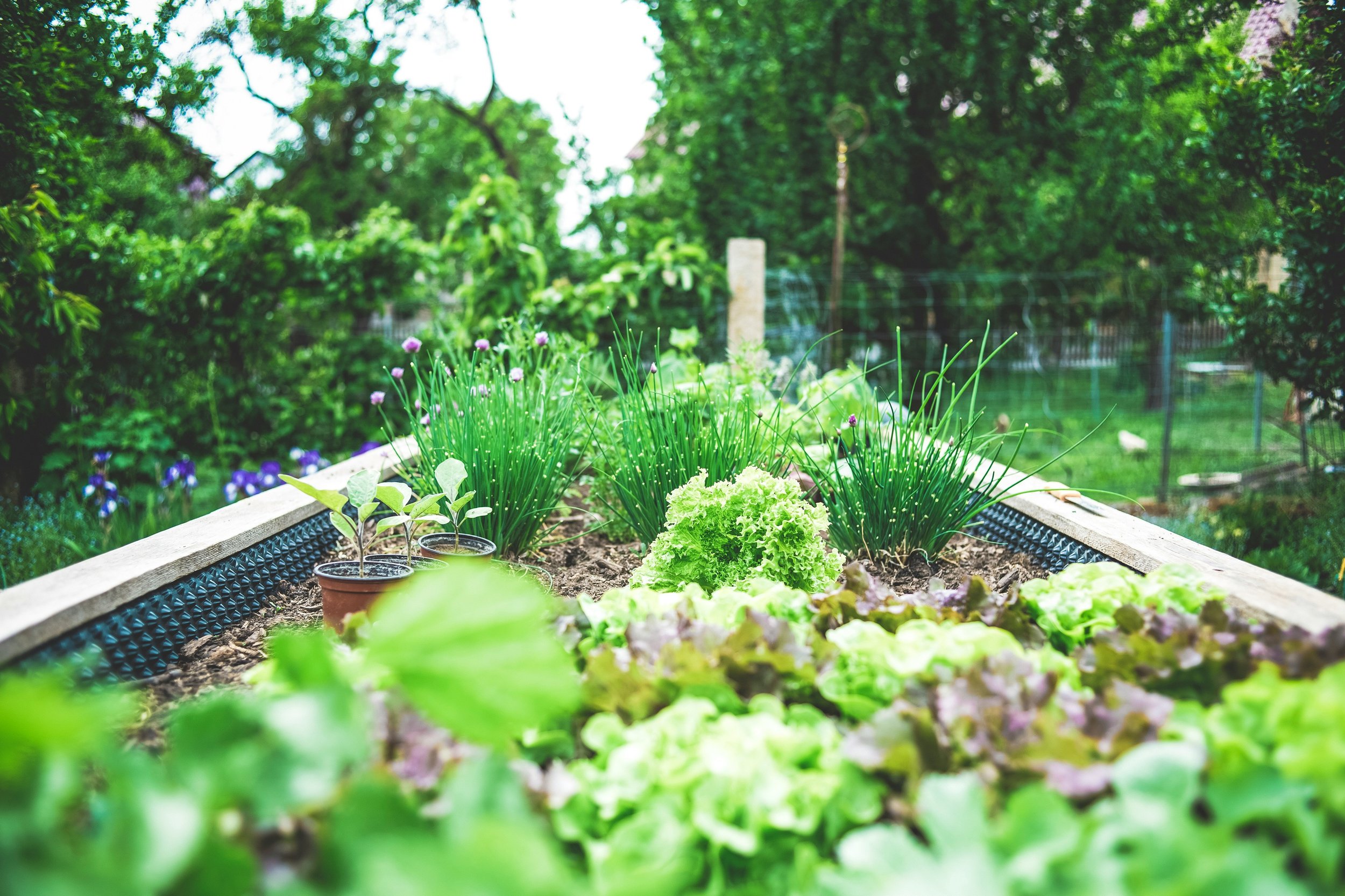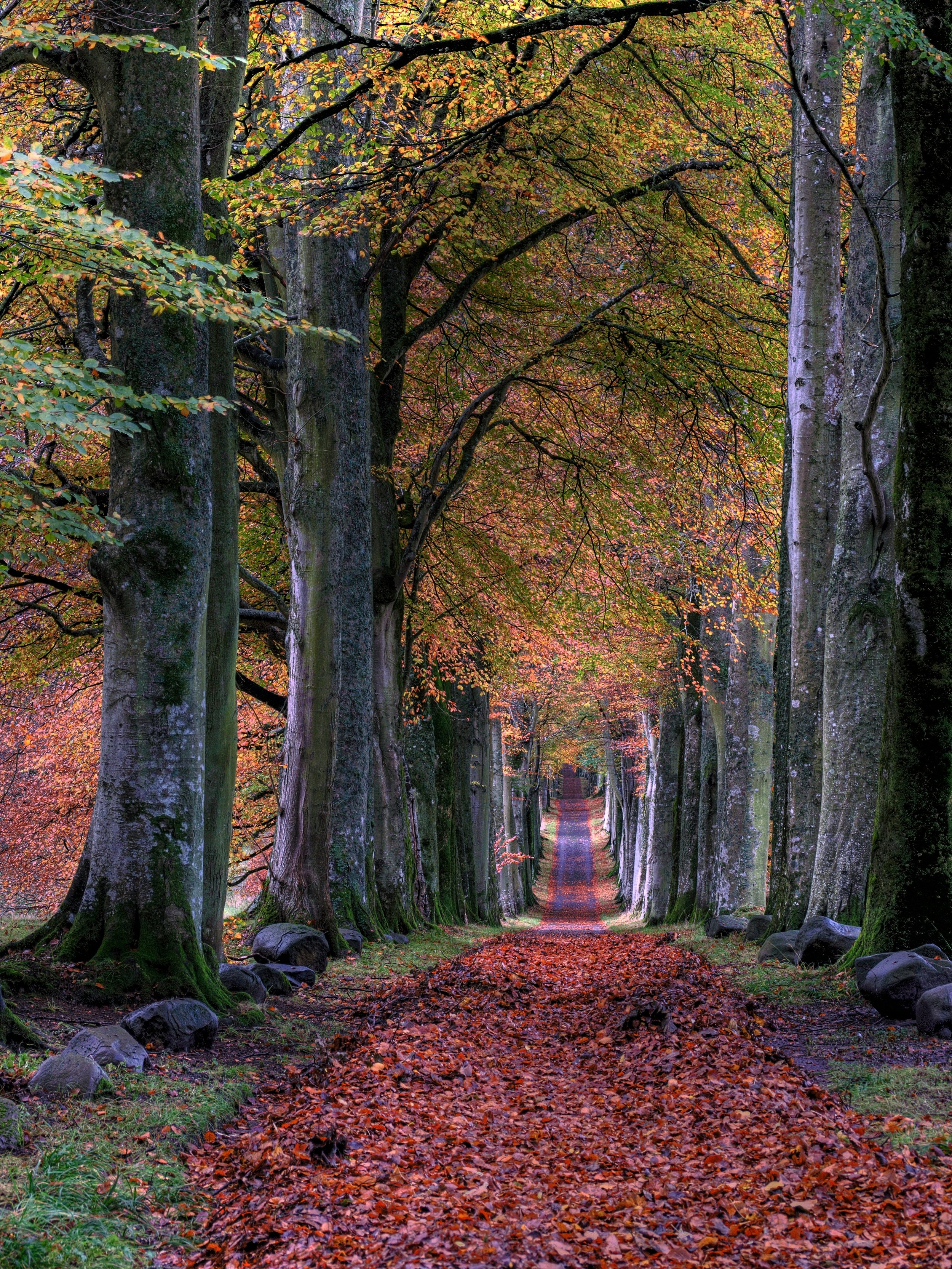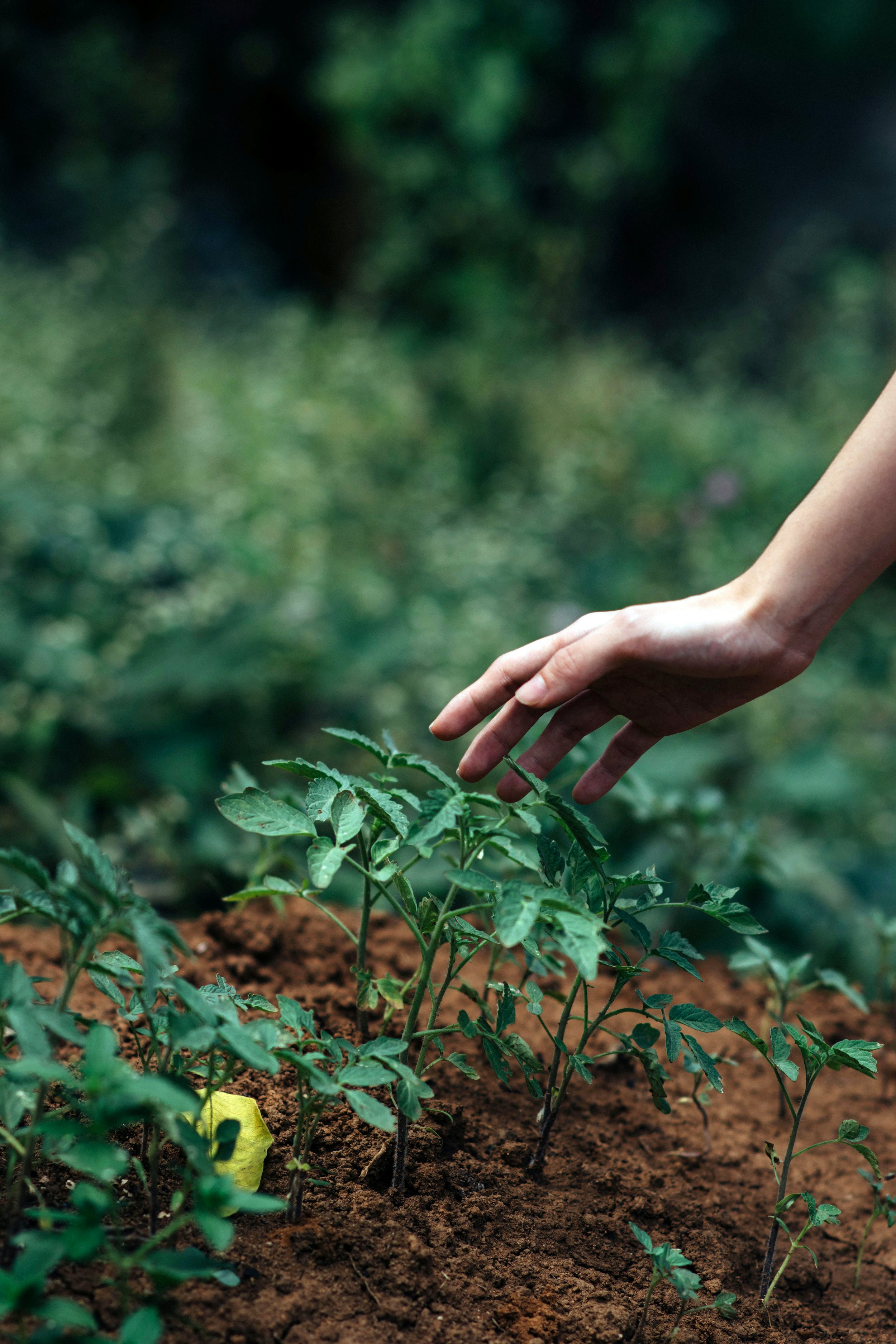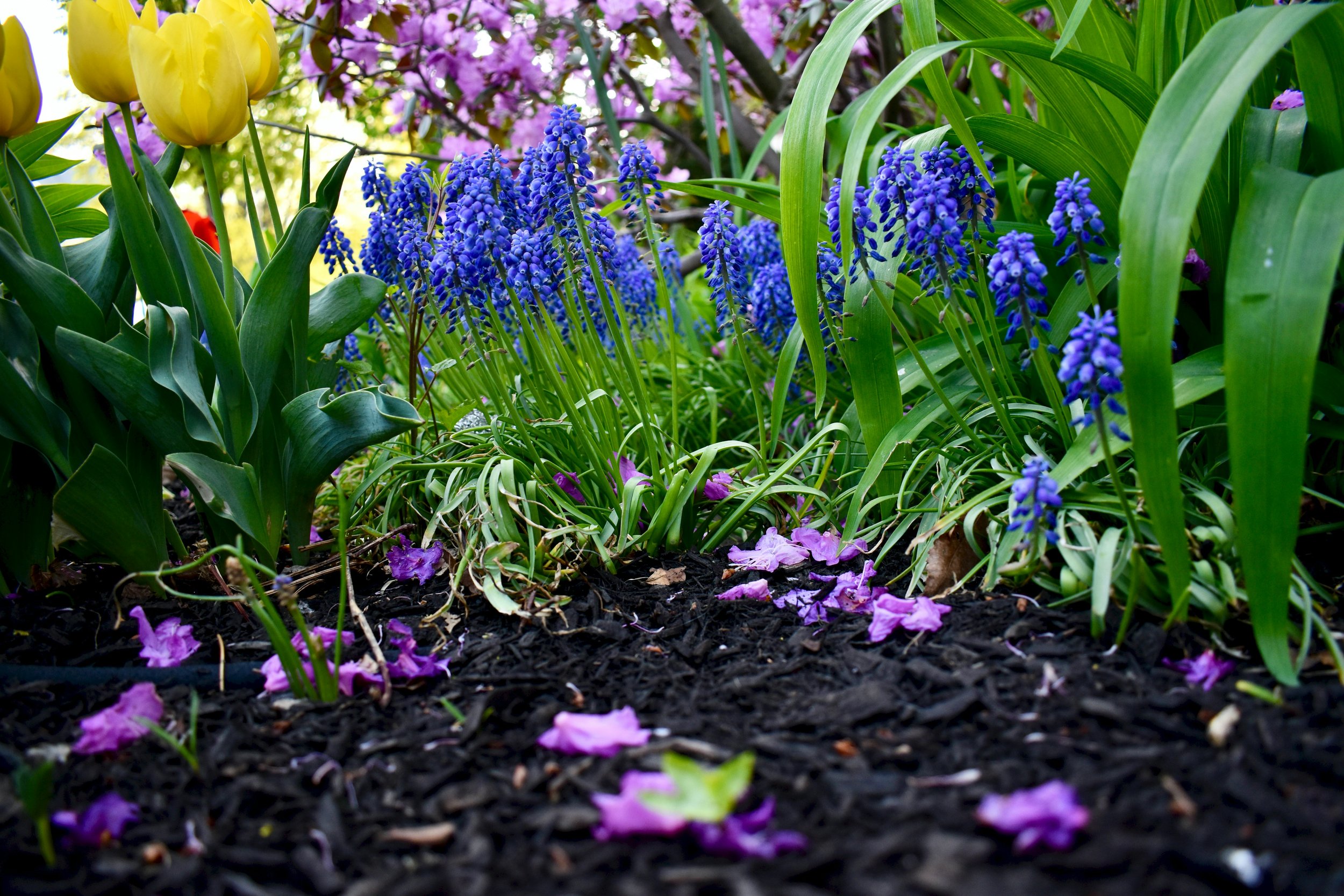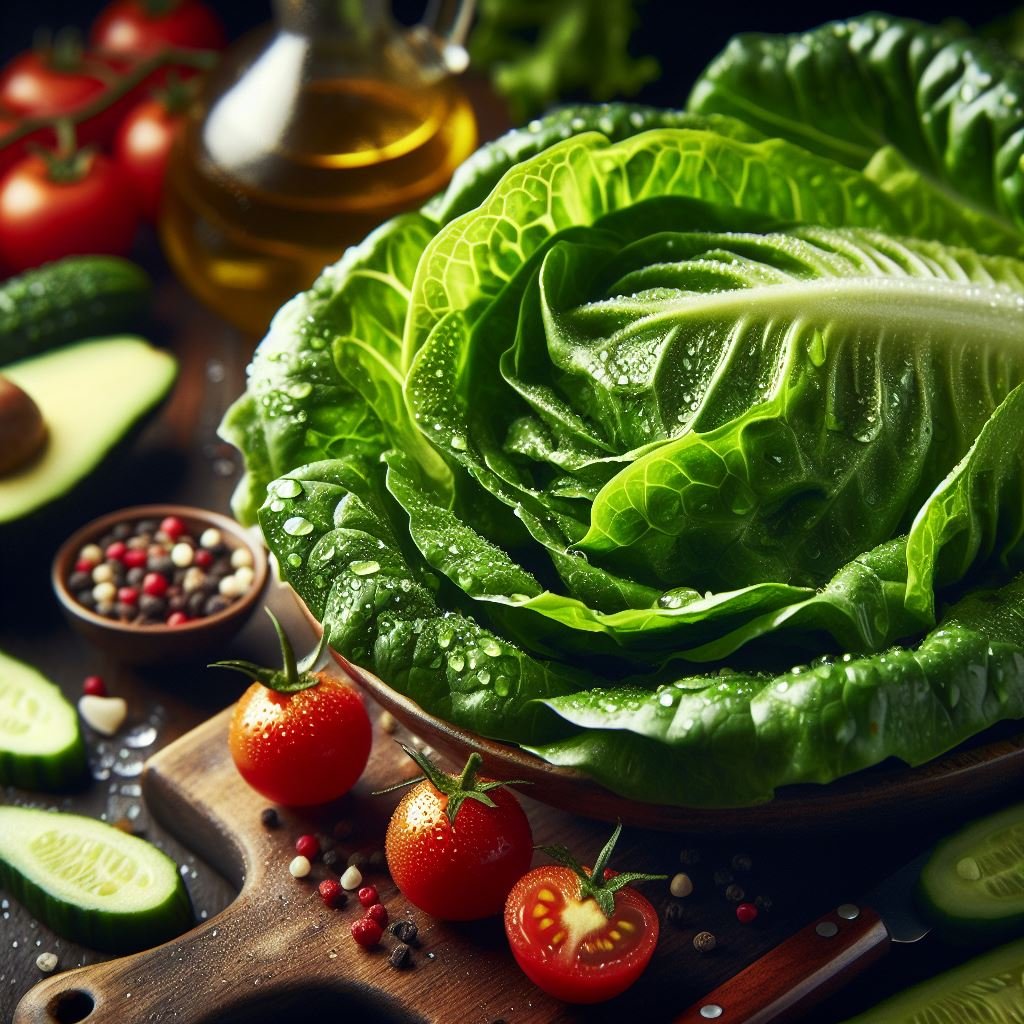Synthetic Turf vs. Natural Grass: The Ultimate Showdown for Your Backyard Bliss
Discover the pros and cons of synthetic turf vs. natural grass in this ultimate showdown, helping you choose the best option for a low-maintenance, beautiful backyard.
As homeowners seek to create the perfect outdoor oasis, the choice between synthetic turf and natural grass has become a hot topic of debate. Each option brings its own set of benefits and challenges, making the decision a crucial one for achieving your backyard bliss. On one hand, natural grass offers a lush, vibrant appeal and a connection to nature that many cherish. On the other hand, synthetic turf boasts low maintenance, water conservation, and year-round green aesthetics that are hard to resist.
In this ultimate showdown, we’ll delve into the pros and cons of both surfaces, explore their environmental impact, discuss cost implications, and highlight how each option can transform your outdoor space into a sanctuary for relaxation and recreation. Whether you’re a seasoned gardener or a busy parent seeking a safe play area for your kids, this guide will equip you with the insights you need to make an informed choice for your backyard retreat.
The Aesthetics: Visual Appeal and Texture
When it comes to creating a visually appealing backyard, the choice between synthetic turf and natural grass can significantly impact the overall aesthetic. Natural grass boasts a vibrant, lush green that varies in shade and texture, providing a rich tapestry that changes with the seasons. Its organic look can evoke a sense of tranquility and connection to nature, inviting children to play, families to gather, and pets to frolic. Investing in real turf grass can elevate the charm of your landscape, offering an authentic beauty that synthetic alternatives often struggle to replicate. This natural allure makes it an ideal choice for homeowners who prioritize a classic, earthy ambiance in their outdoor design.
On the other hand, synthetic turf offers a uniform, immaculate appearance that remains evergreen, regardless of the weather or season. Modern advancements in turf technology have resulted in products that closely mimic the texture and color variations found in real grass. High-quality synthetic options feature blades of varying heights and shades, creating a more lifelike look that can enhance the visual appeal of any outdoor space. This consistency can be particularly appealing for homeowners who desire a pristine lawn without the ongoing maintenance.
While natural grass exudes warmth and a classic charm, synthetic turf provides a sleek, polished finish that can elevate the overall design of your backyard. The choice between the two often comes down to personal preference, lifestyle, and the desired feel for your outdoor space. Whether you gravitate towards the authenticity of natural grass or the effortless elegance of synthetic turf, both options offer unique aesthetic benefits that can transform your yard into a sanctuary of beauty and relaxation.
Maintenance Requirements: Time, Effort, and Costs
When it comes to maintenance, the contrast between synthetic turf and natural grass is stark and often a decisive factor for homeowners contemplating their backyard options. Natural grass may evoke images of lush, green expanses, but it comes with a hefty commitment of time, effort, and ongoing costs. Regular mowing, watering, fertilizing, and pest control are just the tip of the iceberg. Depending on your local climate and the type of grass you choose, you’ll need to dedicate hours each month to keep your lawn looking its best. Moreover, natural grass can be sensitive to weather conditions – droughts can leave it brown and patchy, while heavy rainfall can lead to muddy areas and even erosion.
On the other hand, synthetic turf boasts a maintenance profile that is remarkably low-key. Once installed, it requires minimal upkeep. You won’t need to mow, water, or fertilize, which means less time spent on yard work and more time enjoying your outdoor space. Occasional brushing to keep the fibers upright and a rinse with water to remove dust or debris are usually all that’s needed. Plus, with synthetic turf, you won’t have to worry about seasonal changes affecting its appearance – it remains vibrant and green year-round, regardless of the weather.
In terms of costs, while the initial investment in synthetic turf may seem high, many homeowners find that the savings in water bills, lawn care products, and the elimination of landscaping services eventually balance out the equation. Consider the long-term benefits, and you may find that choosing artificial grass is not only a time-saver but also a wise financial decision in the grand scheme of your backyard bliss. As you weigh your options, think about how much time and effort you're willing to invest in maintaining your yard, and let that guide your choice between the two lush options.
Environmental Impact: Sustainability Considerations
When it comes to creating your backyard oasis, the environmental impact of your choice between synthetic turf and natural grass is an essential factor to consider. Both options have their own set of sustainability implications, and understanding these can help you make a more informed decision that aligns with your environmental values.
Natural grass is undoubtedly a living ecosystem, supporting biodiversity and contributing to carbon sequestration. It serves as a habitat for various insects, birds, and other wildlife, fostering a vibrant outdoor environment. Additionally, well-maintained natural lawns can improve air quality, reduce heat, and even help with water absorption, reducing runoff and promoting healthier soil. However, achieving that lush, green lawn often requires a significant amount of water, fertilizers, and pesticides, which can have detrimental effects on local ecosystems and water resources.
On the other hand, synthetic turf offers a more water-efficient alternative, requiring no irrigation once installed. This can significantly reduce water usage, particularly in arid regions where every drop counts. Furthermore, modern synthetic grasses are designed to withstand heavy wear and tear, minimizing the need for chemical treatments and maintenance. However, there are environmental concerns associated with synthetic materials. The production and disposal of artificial turf can contribute to pollution and waste, as most synthetic options are made from petroleum-based materials that don’t biodegrade easily.
Both choices come with trade-offs, and the best option for your backyard may depend on your commitment to sustainability. If you lean towards natural grass, consider implementing organic maintenance practices to reduce chemical use and conserve water. Conversely, if you opt for synthetic turf, look for products made from recycled materials or those that are designed to be more environmentally friendly. By weighing the environmental impacts of each option, you can create a backyard that not only brings you joy but also respects our planet’s resources.
Cost Analysis: Initial Investment vs. Long-Term Expenses
When it comes to transforming your backyard into a vibrant green oasis, understanding the financial implications of synthetic turf versus natural grass is essential. The cost analysis involves not only the initial investment but also the long-term expenses that can arise with each option.
Initial Investment: Installing synthetic turf typically requires a higher upfront cost compared to laying down natural grass. The price of synthetic turf can range from $5 to $20 per square foot, depending on the quality and brand. This includes expenses for materials, labor, and site preparation. In contrast, natural grass, while generally cheaper (often between $0.50 and $3 per square foot), involves additional costs for soil preparation, seed or sod purchase, and labor for installation.
Long-Term Expenses: Once the turf is installed, the financial dynamics shift significantly. Natural grass requires ongoing investment for maintenance, which includes regular watering, mowing, fertilizing, and pest control. Over time, these costs can accumulate, potentially amounting to hundreds—if not thousands—of dollars each year. Conversely, synthetic turf is virtually maintenance-free. While it might need occasional brushing to keep the fibers upright and some infill replenishment every few years, the overall costs of upkeep are minimal.
Moreover, the longevity of synthetic turf is another financial advantage. With a lifespan of 15 to 25 years, you can enjoy a lush, green lawn without the recurring expenses associated with natural grass. In contrast, natural grass may require reseeding or complete replacement every few years, leading to additional, unplanned costs.
Ultimately, the choice between synthetic turf and natural grass involves a careful assessment of your budget and long-term financial commitment. While the initial costs of synthetic turf may be daunting, the reduced maintenance needs and durability can lead to significant savings over time, ensuring that your backyard remains a picturesque retreat for years to come.
Safety and Health: Allergies, Chemicals, and Playability
When it comes to creating a safe haven in your backyard, the choice between synthetic turf and natural grass can significantly impact the health and well-being of your family, especially children and pets who love to frolic outdoors. Let's delve into how each option stacks up in terms of safety and health, focusing on allergies, chemical treatments, and overall playability.
Allergies: For many families, allergies can be a major concern, particularly during peak pollen seasons. Natural grass is often a prime contributor to pollen and can trigger allergic reactions in sensitive individuals. Symptoms such as sneezing, itchy eyes, and skin rashes can quickly turn a sunny day outside into an uncomfortable experience. In contrast, synthetic turf offers a pollen-free alternative that can provide peace of mind for allergy sufferers. With no natural flora to contend with, families can enjoy their outdoor space without the worry of triggering allergy symptoms.
Chemicals: The upkeep of natural grass often involves a suite of chemicals, including fertilizers, pesticides, and herbicides, which are used to maintain vibrant, lush lawns. While these products can be effective, they also pose potential risks, especially for young children and pets who may come into contact with treated areas. Synthetic turf, on the other hand, eliminates the need for these chemicals, providing a safer environment for play. However, it’s essential to choose high-quality synthetic options that are free from harmful materials, as lower-quality products may contain toxic substances.
Playability: Playability is crucial, particularly for families with active children. Natural grass offers a soft landing for tumbles and falls but can become muddy or uneven after rain, leading to slippery surfaces and potential injuries. Synthetic turf, while initially feeling different underfoot, can provide a more consistent playing surface that drains well and resists muddy patches. Modern synthetic options are designed for durability and comfort, mimicking the feel of natural grass while offering the advantage of year-round usability. This means that rain or shine, your backyard remains a safe and inviting space for games, sports, and relaxation.
In summary, when weighing the safety and health implications of synthetic turf versus natural grass, families must consider factors like allergies, chemical exposure, and playability. With the right choice, you can create a backyard that not only enhances your outdoor experience but also prioritizes the well-being of your loved ones.
Durability and Longevity: Which Option Stands the Test of Time?
When it comes to choosing between synthetic turf and natural grass for your backyard, durability and longevity are pivotal factors that can significantly influence your decision. Both options offer unique benefits, but their resilience under the various stresses of everyday life varies greatly.
Natural grass, while lush and inviting, is often susceptible to wear and tear. Heavy foot traffic, harsh weather conditions, and pest infestations can quickly turn a vibrant lawn into a patchy, brown mess. Regular maintenance—mowing, watering, fertilizing, and aerating—becomes crucial to maintaining its health, but even with the best care, natural grass can struggle to withstand prolonged periods of drought or excessive rain. It requires a commitment of time and resources, and even then, there’s no guarantee that it will remain pristine throughout the seasons.
On the other hand, synthetic turf is engineered for endurance. Made from durable materials, it can handle heavy usage without the risk of damage or deterioration. Whether it’s a sunny day, a rainy afternoon, or the hustle and bustle of backyard barbecues, synthetic grass stays resilient and lush. It doesn’t fade in the sun, and its color remains vibrant year-round, offering a consistently beautiful aesthetic. Moreover, modern advancements in synthetic turf technology have produced products that mimic the look and feel of natural grass, making it challenging to distinguish between the two at first glance.
In terms of longevity, synthetic turf often outlasts natural grass by several years, typically providing a lifespan of 15-25 years with minimal maintenance. Once it’s installed, it requires only occasional brushing and a rinse to keep it clean, eliminating the need for chemical treatments or fertilizers. For families with children or pets, this means less worry about muddy footprints tracked through the house or the challenges of keeping a natural lawn safe for play.
Ultimately, the choice between synthetic turf and natural grass boils down to your lifestyle, maintenance preferences, and the specific needs of your outdoor space. If you’re looking for a hassle-free, beautiful lawn that stands up to the rigors of daily life, synthetic turf may just be the answer to achieving your backyard bliss.
Climate Considerations: Performance in Different Weather Conditions
When it comes to choosing between synthetic turf and natural grass, understanding how each option performs under varying climate conditions is crucial for achieving your backyard bliss. Both types of grass come with their unique strengths and challenges, especially as weather patterns shift and evolve.
Natural Grass thrives in temperate climates where regular rainfall and moderate temperatures create ideal growing conditions. However, it can struggle in extreme weather. In scorching heat, it may turn brown and patchy, requiring regular watering to maintain its lush appearance. Conversely, during heavy rain, natural grass can become muddy and waterlogged, leading to erosion and damage. Additionally, cold winters can leave your yard looking barren, as growth halts and dormant patches take over.
On the other hand, Synthetic Turf is engineered to withstand a wide range of weather conditions without the same level of maintenance that natural grass demands. It remains vibrant and green year-round, regardless of temperature fluctuations. In areas with intense heat, modern synthetic options are designed with UV protection to reflect sunlight and stay cooler underfoot than older generations of artificial grass. During rainy seasons, synthetic turf efficiently drains water, preventing muddy patches and ensuring playability even after heavy rainfall.
However, one drawback to consider is that synthetic turf can become quite warm in direct sunlight, creating an uncomfortable environment for pets and children. Providing shaded areas or choosing lighter-colored turf can help mitigate this issue.
Ultimately, your choice may hinge on your local climate and how much time and effort you're willing to invest in maintenance. If you live in an area with extreme weather conditions, artificial turf backyard Florida may offer a more reliable and aesthetically pleasing solution, while those in milder climates may find that natural grass aligns more closely with their vision for a vibrant outdoor space. Consider the specific needs of your environment to ensure your backyard becomes the tranquil oasis you envision, regardless of the season.
Installation Process: What to Expect
When it comes to transforming your backyard into a lush, green oasis, understanding the installation process for both synthetic turf and natural grass is crucial. Each option comes with its own unique steps, considerations, and timelines that can significantly affect your overall experience and satisfaction.
Synthetic Turf Installation
The installation of synthetic turf is generally streamlined and efficient, often completed within a day or two, depending on the size of the area. The process begins with a thorough site preparation, where the existing grass and debris are removed, and the ground is leveled. This step is essential for ensuring proper drainage and a smooth surface for the turf.
Next, a base layer of crushed stone or gravel is laid down to create a stable foundation. This base not only aids in drainage but also helps keep the turf in place. After the base is compacted, a layer of weed barrier fabric is rolled out to prevent unwanted growth from below.
Once the groundwork is complete, the synthetic turf rolls are laid out, trimmed to fit the area, and secured in place with adhesive or stakes. Finally, infill material—often composed of granules made from recycled rubber or sand—is spread evenly across the surface to provide stability and a more natural feel underfoot. After a final brushing to fluff up the fibers, your synthetic lawn is ready for enjoyment!
Natural Grass Installation
In contrast, installing natural grass is a more intricate and time-consuming endeavor that requires careful planning and ongoing maintenance. It typically starts with soil testing to assess pH levels and nutrient content, which informs the type of grass seed or sod best suited for your climate and soil type.
After preparing the soil—removing rocks, debris, and any existing vegetation—the ground is tilled and amended with organic matter or fertilizers as needed. The next step involves leveling the soil and compacting it to create a sturdy seedbed.
If you opt for seeding, the grass seed is evenly spread across the prepared soil, followed by a light raking to ensure good seed-to-soil contact. Watering is crucial during this phase, as consistent moisture is necessary for germination. Alternatively, if you choose sod, the rolls are laid down tightly together, ensuring minimal seams.
With natural grass, patience is key. It can take several weeks for seeds to germinate and establish a robust lawn, while sod typically roots within a couple of weeks with proper care. Regular watering, mowing, and fertilizing will be essential as your natural lawn matures.
In conclusion, whether you choose synthetic turf or natural grass, understanding the installation process can help you set realistic expectations and prepare for the journey to achieving your backyard bliss. With the right approach, both options can lead to a stunning outdoor space that enhances your home and lifestyle.
Resale Value: Impact on Property Worth
When it comes to enhancing your backyard, one of the most significant factors to consider is how your choice between synthetic turf and natural grass will affect your property's resale value. While both options have their unique appeal, they can influence potential buyers' perceptions and overall willingness to invest in your home.
Natural grass has long been the traditional choice for homeowners, evoking images of lush, green lawns that are often seen as a hallmark of a well-maintained property. Buyers may be drawn to the organic feel and the nostalgic charm that comes with a natural landscape. However, maintaining a pristine natural lawn requires regular upkeep—mowing, watering, fertilizing, and pest control—which can be daunting for some. Properties with a healthy, vibrant lawn can boost resale value, yet they come with the caveat of ongoing maintenance that potential buyers must be willing to undertake.
On the other hand, synthetic turf presents an increasingly popular alternative that appeals to a different demographic of homebuyers. With its low maintenance requirements, synthetic grass offers an attractive proposition for those who lead busy lives or prefer to spend their weekends enjoying leisure activities rather than mowing the lawn. A well-installed synthetic turf can provide a pristine appearance year-round, free from the concerns of brown patches or weeds. Moreover, homes with synthetic lawns often appeal to environmentally conscious buyers looking to reduce water consumption and pesticide use.
Ultimately, the impact on resale value depends on the local market and buyer preferences. In some regions, lush, green natural grass is still the gold standard, while in others, the convenience and sustainability of synthetic turf may give a property a competitive edge. To maximize your investment, it's essential to understand the trends in your area and align your backyard choice with the expectations of potential buyers. By considering the long-term implications of both options, you can ensure that your backyard not only enhances your personal enjoyment but also adds value to your property in the eyes of future homeowners.
User Experience: Comfort for Kids and Pets
When it comes to creating a backyard haven, the comfort of your family members—especially kids and pets—is paramount. In this arena, synthetic turf shines brightly, providing a soft, cushioned surface that is perfect for running, playing, and rolling around. Unlike natural grass, which can become hard and uneven due to various environmental factors, synthetic turf maintains a consistently plush feel, ensuring that your little ones can tumble and explore without the fear of scrapes or bruises.
Moreover, synthetic turf eliminates common irritants often found in natural grass, such as bugs, pollen, and harsh chemicals from fertilizers and pesticides. This makes it an ideal choice for families with children who have allergies or sensitive skin. The synthetic fibers are designed to withstand heavy foot traffic, meaning your yard will remain a safe and inviting space for playdates, family gatherings, and spontaneous games of tag.
For pet owners, synthetic turf offers its own set of advantages. No more muddy paws tracking through the house after a romp in the yard! The drainage systems integrated into high-quality synthetic turf allow for easy cleanup of pet waste, while ensuring that any spills or accidents are swiftly managed. Additionally, the material is durable enough to withstand the enthusiastic antics of dogs and the curious explorations of cats, providing a safe and enjoyable environment for your furry friends to frolic.
In contrast, natural grass, while aesthetically pleasing, demands constant maintenance to keep it in optimal condition. Maintenance tasks like mowing and weeding can create an uneven surface, which may lead to discomfort for both kids and pets. Plus, the risk of hidden insects or the presence of grass burrs can detract from the enjoyment of your outdoor space.
Ultimately, when considering user experience in your backyard, synthetic turf emerges as the clear winner, offering a comfortable, safe, and low-maintenance alternative that allows everyone—children and pets alike—to enjoy the outdoors to its fullest.
Conclusion
In the ultimate showdown between synthetic turf and natural grass, the right choice for your backyard bliss boils down to understanding your unique needs, lifestyle, and environmental considerations. Each option brings its own set of advantages and challenges that can significantly impact the enjoyment and functionality of your outdoor space.
If you’re drawn to the lush, vibrant aesthetics of natural grass and appreciate the sensory experience of walking barefoot on a soft, living surface, then investing in natural grass might be the way to go. It offers a picturesque appearance, encourages biodiversity, and provides a cooling effect during hot summer days. However, it does demand regular maintenance, including watering, mowing, and seasonal care, which can be time-consuming and costly.
On the other hand, synthetic turf presents an appealing alternative for those prioritizing convenience and durability. With its low maintenance requirements and year-round green appearance, synthetic turf is perfect for busy families, pet owners, or anyone looking to eliminate the hassle of lawn care. Think about how many weekends you could reclaim by saying goodbye to mowing and weeding! Additionally, modern advancements in synthetic turf technology have made it more realistic, making it a viable option for those who desire the look of natural grass without the upkeep.
Ultimately, the decision comes down to your personal preferences, budget, and how you envision using your backyard. Consider factors like the climate in your area, the amount of foot traffic your lawn will experience, and any specific recreational activities you plan to engage in. By weighing the pros and cons of synthetic turf and natural grass, you can make an informed choice that aligns with your lifestyle and enhances your outdoor experience.
As you envision your perfect backyard oasis, remember that whether you opt for the traditional charm of natural grass or the modern convenience of synthetic turf, the goal is to create a space that brings you joy, relaxation, and a sense of connection to the great outdoors. Whichever path you choose, may your backyard become the blissful retreat you’ve always dreamed of!
